Home>Gardening & Outdoor>Plant Care & Gardening Tips>How Offen To Water Mums
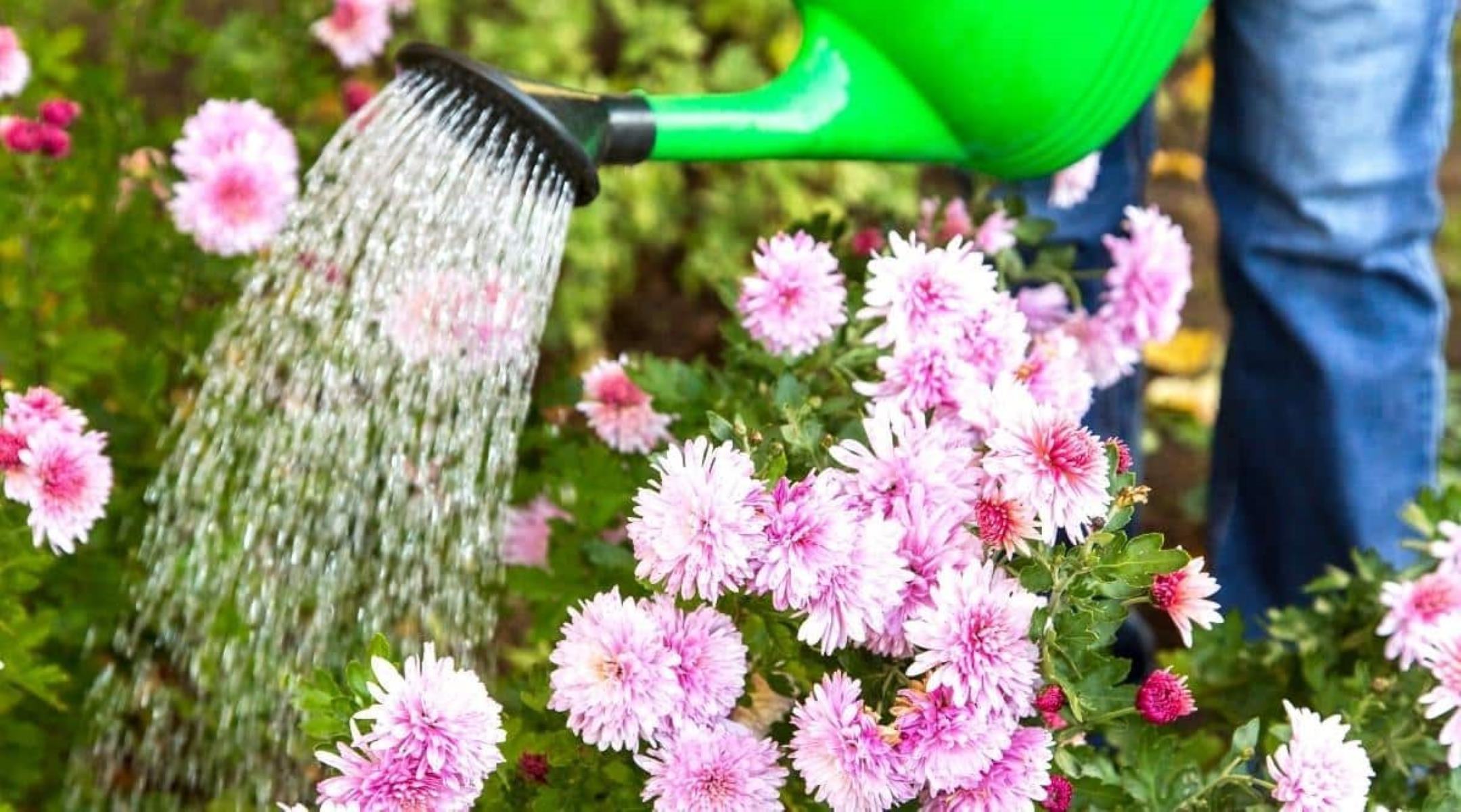

Plant Care & Gardening Tips
How Offen To Water Mums
Published: February 29, 2024
Learn the best plant care and gardening tips for watering mums. Discover how often to water mums for healthy and vibrant blooms.
(Many of the links in this article redirect to a specific reviewed product. Your purchase of these products through affiliate links helps to generate commission for Storables.com, at no extra cost. Learn more)
Introduction
Proper watering is a crucial aspect of maintaining healthy and vibrant mums, also known as chrysanthemums. These popular flowering plants are cherished for their stunning blooms and are often showcased in gardens, containers, or as cut flowers. To ensure the longevity and beauty of mums, understanding their watering needs is essential. In this comprehensive guide, we will delve into the factors that influence mums' watering requirements, signs of overwatering and underwatering, and valuable tips for effectively watering these beloved plants. Whether you are a seasoned gardener or a novice plant enthusiast, mastering the art of watering mums will contribute to the overall success of your gardening endeavors. Let's embark on this journey to discover the secrets of keeping mums flourishing and radiant through proper watering techniques.
Key Takeaways:
- Proper watering is crucial for healthy mums. Balance is key – don’t overwater or underwater. Deep watering, monitoring soil moisture, and adjusting to environmental conditions are essential.
- Watch for signs of overwatering and underwatering. Adjust watering schedule based on weather and soil conditions. Mulching and proper drainage are vital for container-grown mums.
Read more: How Often To Water Outdoor Mums
Understanding Mums' Watering Needs
Understanding the specific watering needs of mums is fundamental to their overall health and vitality. These flowering plants require consistent moisture to thrive, but overwatering can be detrimental. Mums typically prefer well-draining soil that allows excess water to escape, preventing waterlogged conditions that can lead to root rot. The frequency of watering mums is influenced by various factors, including environmental conditions, soil composition, and the stage of growth.
During the active growing season, which typically occurs in spring and summer, mums necessitate regular watering to support their robust development. Adequate moisture is essential for promoting lush foliage and prolific blooming. In contrast, as the weather cools in the fall, mums' watering requirements shift. While they still require moisture, the frequency of watering may decrease as the plants prepare for dormancy.
It's important to note that mums are sensitive to both drought and excessive moisture. Therefore, striking a balance in watering is crucial. Consistently allowing the soil to dry out between watering sessions can help prevent issues associated with overwatering, such as root suffocation and fungal diseases. Additionally, providing mums with a deep watering session rather than frequent shallow watering encourages the development of a robust root system, enhancing the plant's resilience to environmental stressors.
By comprehending the nuanced watering needs of mums throughout their growth cycle, gardeners can effectively tailor their watering practices to ensure the plants receive the optimal amount of moisture. This understanding forms the cornerstone of successful mum cultivation, contributing to the longevity and vibrancy of these beloved flowering plants.
Factors Affecting Mums' Watering Frequency
Several factors play a pivotal role in determining the watering frequency required to maintain the optimal moisture levels for mums. Understanding these factors empowers gardeners to make informed decisions regarding watering practices, ultimately contributing to the overall health and vigor of the plants.
-
Environmental Conditions: The prevailing weather conditions significantly impact the watering needs of mums. During periods of intense heat and dryness, mums may require more frequent watering to combat moisture loss. Conversely, in cooler and more humid conditions, the watering frequency can be reduced to prevent waterlogged soil and potential root rot.
-
Soil Composition: The composition of the soil directly influences its water retention and drainage capabilities. Well-draining soil, enriched with organic matter, allows excess water to escape, preventing waterlogging. Sandy or loamy soils tend to drain more efficiently, necessitating more frequent watering, while clay soils retain moisture for longer periods, requiring less frequent watering.
-
Container vs. Ground Planting: Mums cultivated in containers have distinct watering requirements compared to those planted directly in the ground. Container-grown mums typically dry out more quickly due to the limited soil volume, necessitating more frequent watering. In contrast, mums planted in the ground benefit from the natural moisture retention properties of the soil, requiring less frequent watering.
-
Plant Size and Growth Stage: The size and growth stage of mums influence their water uptake and, consequently, their watering needs. Established mums with a well-developed root system may require less frequent watering compared to newly planted or smaller mums. Additionally, during the active growth phase, mums may necessitate more frequent watering to support their vigorous development and blooming.
-
Exposure to Sunlight: The amount of sunlight mums receive directly impacts their water requirements. Mums situated in full sun may experience more rapid evaporation of moisture from the soil, necessitating increased watering frequency. Conversely, mums in shaded areas may retain moisture for longer periods, requiring less frequent watering.
By considering these factors and closely monitoring the moisture levels in the soil, gardeners can adjust their watering frequency to align with the specific needs of mums in their care. This proactive approach ensures that mums receive the appropriate amount of moisture, fostering their resilience and vitality throughout the growing season.
Signs of Overwatering and Underwatering
Identifying the signs of overwatering and underwatering is pivotal in maintaining the health and vigor of mums. Both scenarios can have detrimental effects on the plants, making it essential for gardeners to recognize and address these issues promptly.
Signs of Overwatering:
- Wilting and Yellowing Leaves: While it may seem contradictory, overwatering can lead to wilting and yellowing of leaves. This occurs as the roots suffocate due to waterlogged soil, impeding their ability to absorb essential nutrients, resulting in wilting and yellowing foliage.
- Mold and Mildew: Excessive moisture creates an ideal environment for mold and mildew to thrive. If the soil remains consistently wet, a fuzzy white coating or powdery substance may appear on the surface of the soil or on the lower leaves of the mums.
- Stunted Growth: Overwatered mums may exhibit stunted growth as the roots struggle to function in waterlogged conditions, hindering the uptake of nutrients essential for healthy development.
- Foul Odor: A foul, musty odor emanating from the soil is indicative of overwatering, signaling the presence of anaerobic conditions that can lead to root rot.
Read more: How Often To Water Mums Outside
Signs of Underwatering:
- Wilting and Drooping Foliage: Insufficient moisture causes mums to wilt and leaves to droop, indicating the plant's struggle to access the necessary water for turgidity and cellular function.
- Dry and Brittle Leaves: Underwatered mums may develop dry, brittle leaves that are prone to curling and browning at the edges, reflecting the plant's attempt to conserve moisture.
- Premature Flower Dropping: In an effort to conserve resources during water scarcity, mums may shed their flowers prematurely, signaling the need for adequate hydration.
- Slow Growth and Development: Insufficient water availability impedes the growth and development of mums, leading to a noticeable slowdown in their overall progress.
By attentively observing these telltale signs, gardeners can discern whether their mums are experiencing overwatering or underwatering, allowing them to adjust their watering practices accordingly. This proactive approach enables the preservation of the plants' health and vitality, ensuring that mums thrive and adorn the garden with their resplendent blooms.
Water mums when the top inch of soil feels dry to the touch. This is usually about once a week, but may vary depending on the weather and soil drainage. Avoid overwatering to prevent root rot.
Tips for Properly Watering Mums
Proper watering techniques are essential for nurturing healthy and vibrant mums, ensuring their resilience and longevity. By implementing the following tips, gardeners can effectively meet the specific watering needs of mums, fostering their optimal growth and blooming potential.
-
Watering Schedule: Establishing a consistent watering schedule is crucial for mums, especially during the active growing season. Aim to water mums in the morning to allow excess moisture to evaporate during the day, reducing the risk of fungal diseases. However, adapt the frequency based on environmental conditions and the moisture level of the soil, avoiding a rigid schedule that may lead to overwatering.
-
Deep Watering: When watering mums, prioritize deep watering sessions that penetrate the soil and reach the root zone. This encourages the development of a robust root system as the roots grow deeper in search of moisture, enhancing the plant's resilience to drought conditions. Shallow watering can result in superficial root growth, rendering the plants more susceptible to moisture stress.
-
Soil Moisture Monitoring: Regularly monitor the moisture level of the soil to gauge the watering needs of mums accurately. Utilize a moisture meter or simply insert your finger into the soil to assess its moisture content. Water mums only when the top inch of the soil feels dry, preventing overwatering and promoting healthy root oxygenation.
-
Mulching: Applying a layer of organic mulch around mums serves as a beneficial practice for conserving soil moisture. Mulch helps regulate soil temperature, minimize moisture evaporation, and inhibit weed growth, contributing to a conducive environment for mums to thrive. Additionally, organic mulch enriches the soil as it decomposes, enhancing its overall quality.
-
Watering Techniques for Container-Grown Mums: If cultivating mums in containers, be mindful of their unique watering requirements. Containers tend to dry out more rapidly than garden soil, necessitating more frequent watering. Ensure that containers have adequate drainage holes to prevent water accumulation, and adjust the watering frequency based on the specific moisture needs of the mums in each container.
-
Avoiding Waterlogged Conditions: Preventing waterlogged soil is imperative for the health of mums. If the soil becomes waterlogged due to excessive rainfall or overwatering, take corrective measures such as improving soil drainage, gently aerating the soil, and adjusting the watering frequency to restore optimal moisture levels.
By incorporating these tips into your gardening practices, you can effectively meet the watering needs of mums, promoting their resilience, vigor, and abundant blooming. With attentive care and mindful watering, mums will flourish, adorning the garden with their captivating and colorful blooms, enriching the outdoor space with natural beauty and charm.
Conclusion
Mastering the art of watering mums is a fundamental aspect of nurturing these beloved flowering plants to their full potential. By gaining a comprehensive understanding of mums' watering needs and the factors influencing their moisture requirements, gardeners can effectively tailor their watering practices to ensure the plants receive the optimal amount of moisture. The delicate balance between providing adequate hydration and preventing overwatering is essential for fostering the health, resilience, and vibrant blooming of mums.
As the seasons transition and environmental conditions fluctuate, the watering frequency for mums may require adjustments to accommodate their evolving needs. From the active growth phase in spring and summer to the transition into dormancy in the fall, attentive monitoring of soil moisture and proactive watering practices are pivotal for supporting the plants through each stage of their growth cycle.
Recognizing the signs of overwatering and underwatering empowers gardeners to promptly address any imbalances in moisture levels, safeguarding the health and vitality of mums. By closely observing the foliage, soil condition, and overall growth of the plants, gardeners can make informed decisions to optimize their watering routines, ensuring that mums thrive and flourish in their garden or container settings.
Implementing best practices such as establishing a consistent watering schedule, prioritizing deep watering, monitoring soil moisture, and utilizing organic mulch contributes to the overall well-being of mums. Whether they adorn garden beds, containers, or floral arrangements, mums reward attentive care with an abundance of resplendent blooms, enriching outdoor spaces with their natural beauty and charm.
In conclusion, the journey to mastering the art of watering mums is a rewarding endeavor that enhances the gardening experience and yields stunning displays of floral elegance. By embracing the nuances of mums' watering needs and integrating thoughtful watering practices into gardening routines, enthusiasts can cultivate thriving mums that captivate with their vibrant colors and lush foliage, creating an enchanting tapestry of natural splendor in any outdoor setting.
Frequently Asked Questions about How Offen To Water Mums
Was this page helpful?
At Storables.com, we guarantee accurate and reliable information. Our content, validated by Expert Board Contributors, is crafted following stringent Editorial Policies. We're committed to providing you with well-researched, expert-backed insights for all your informational needs.
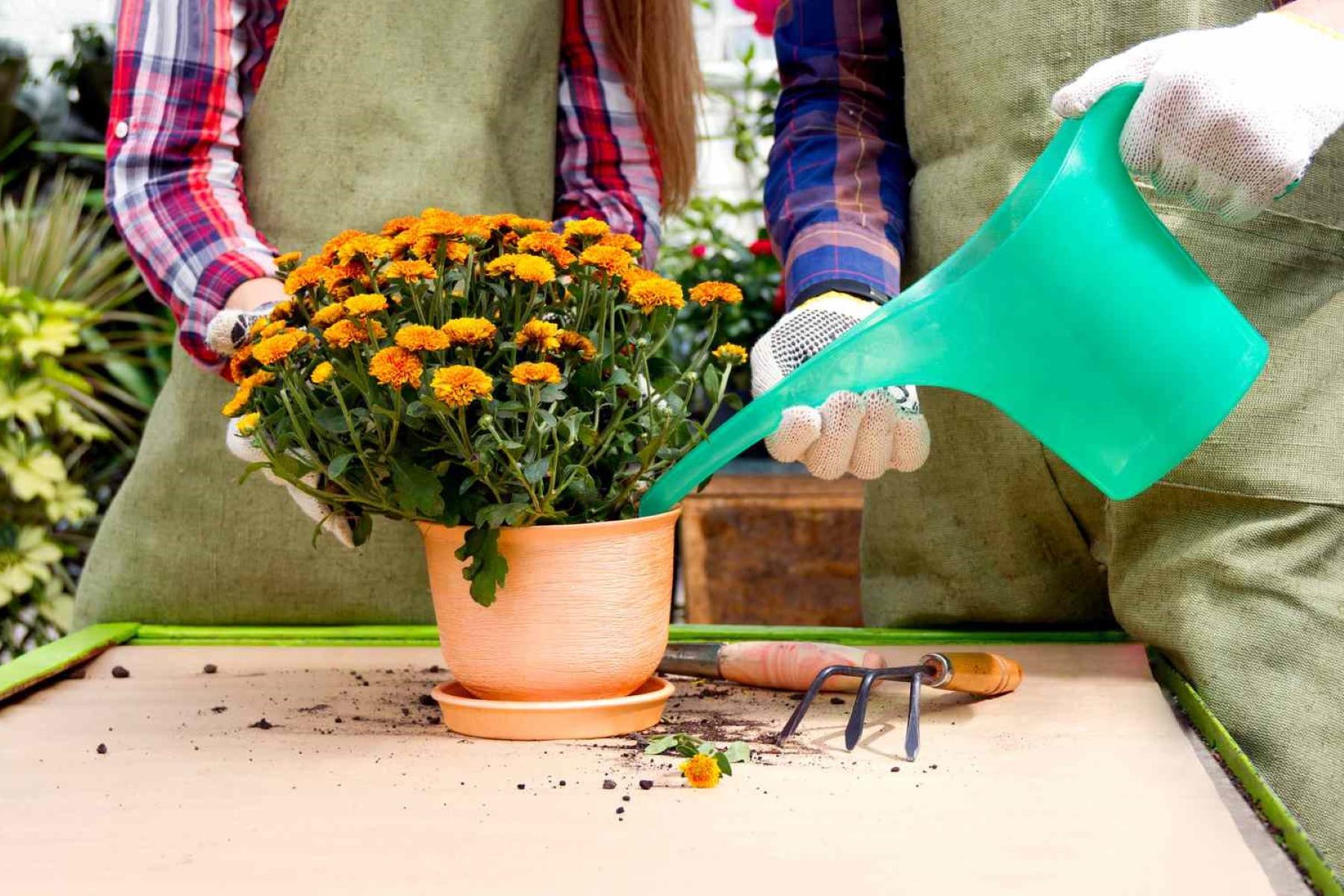



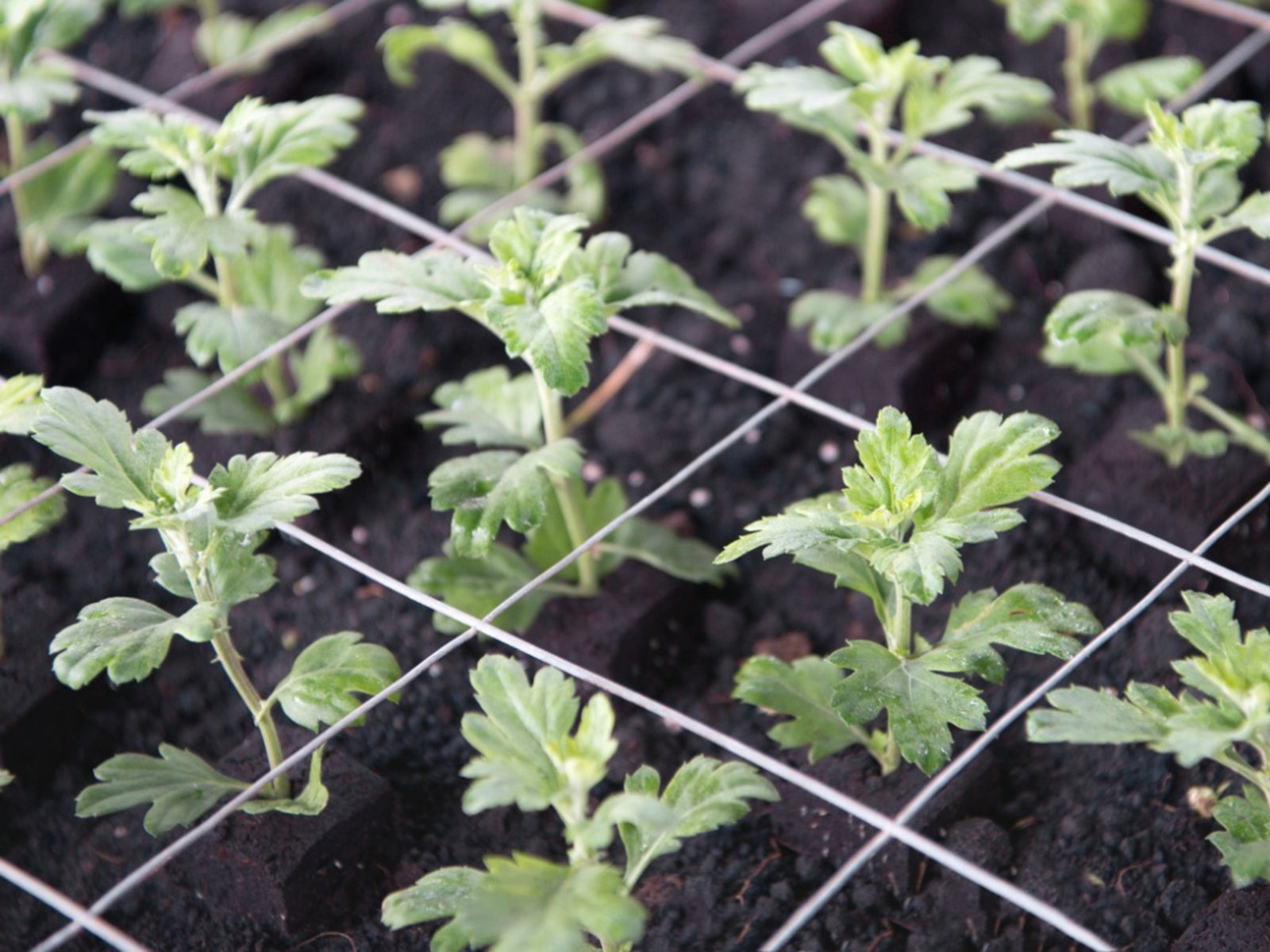
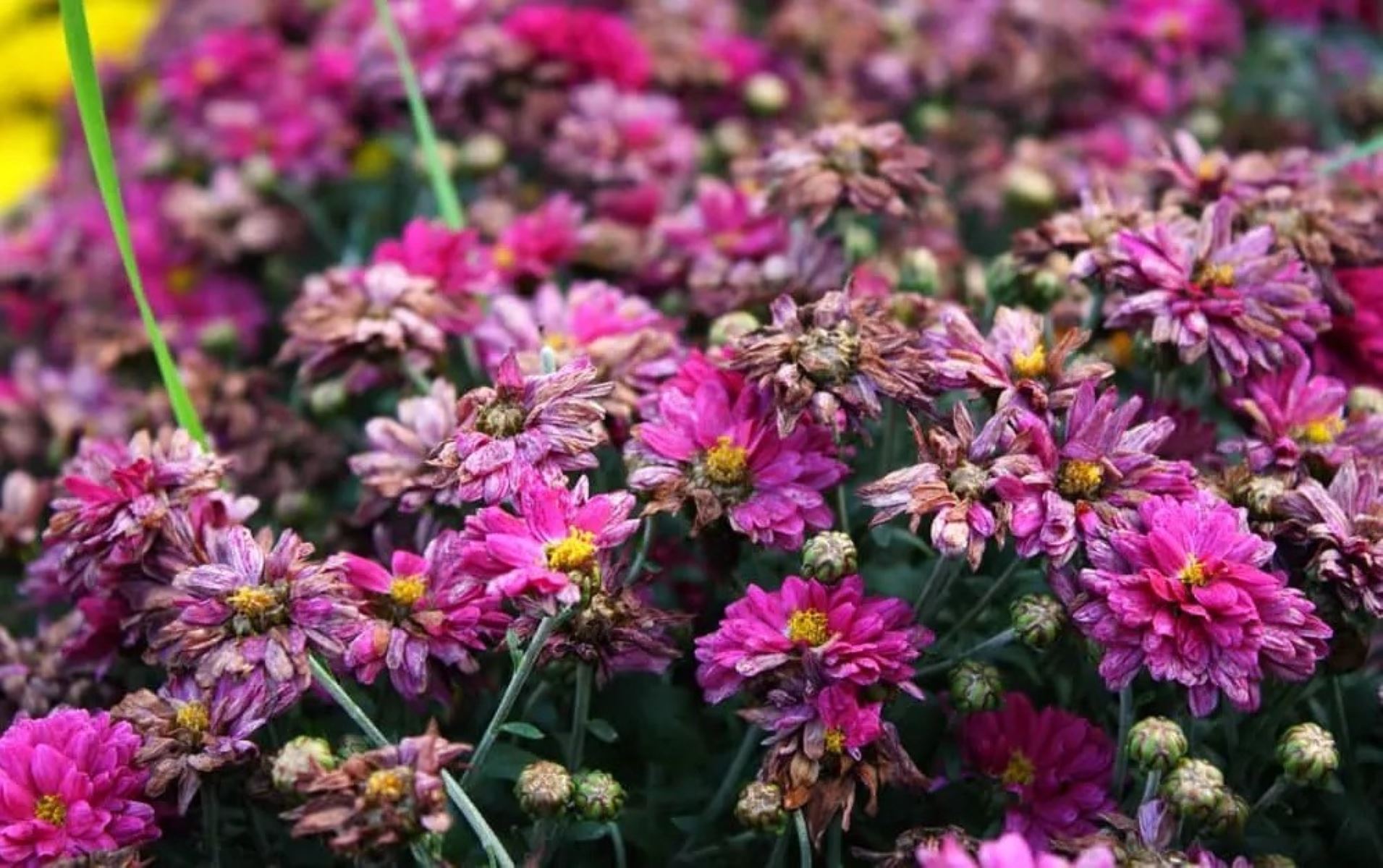
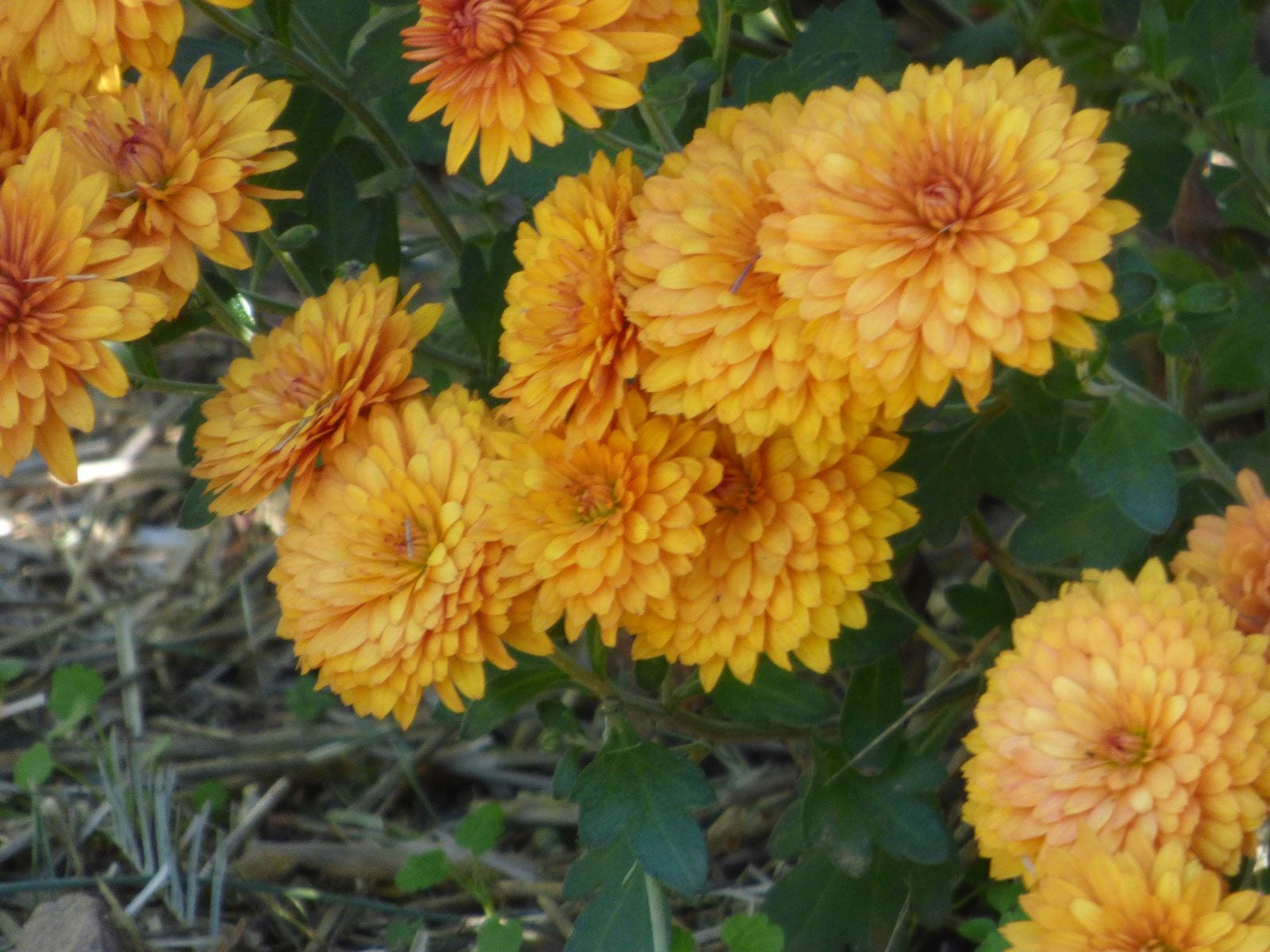

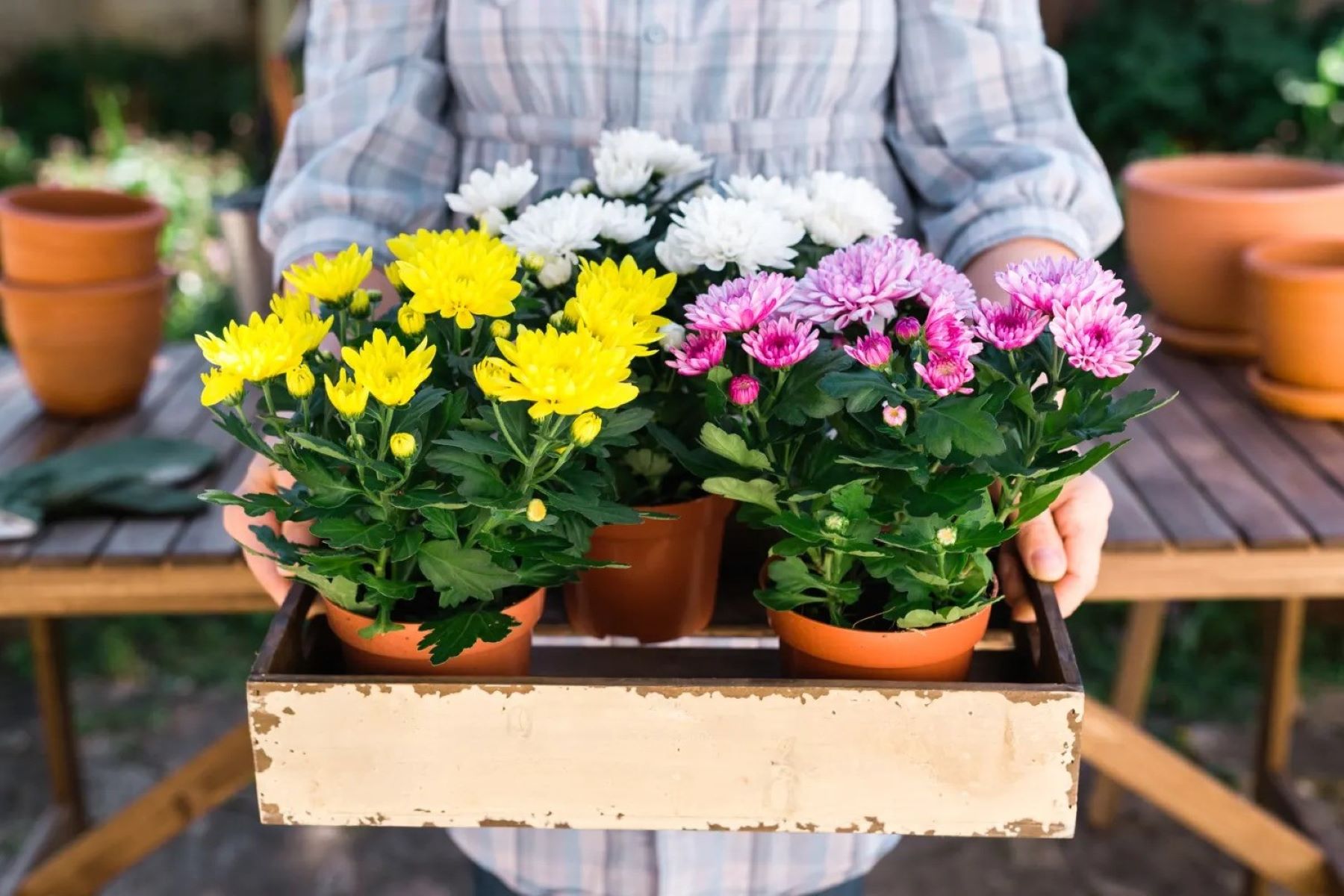
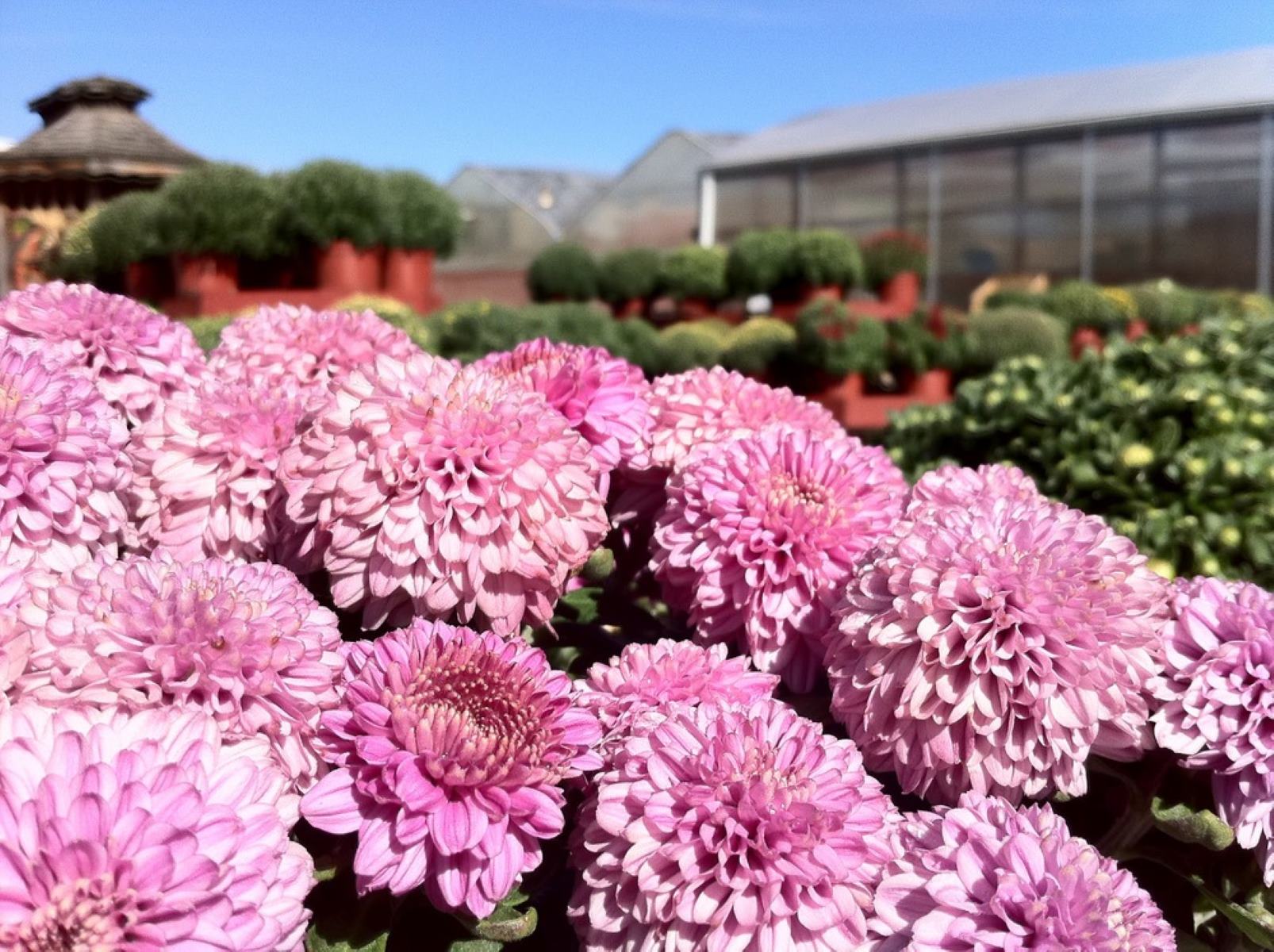


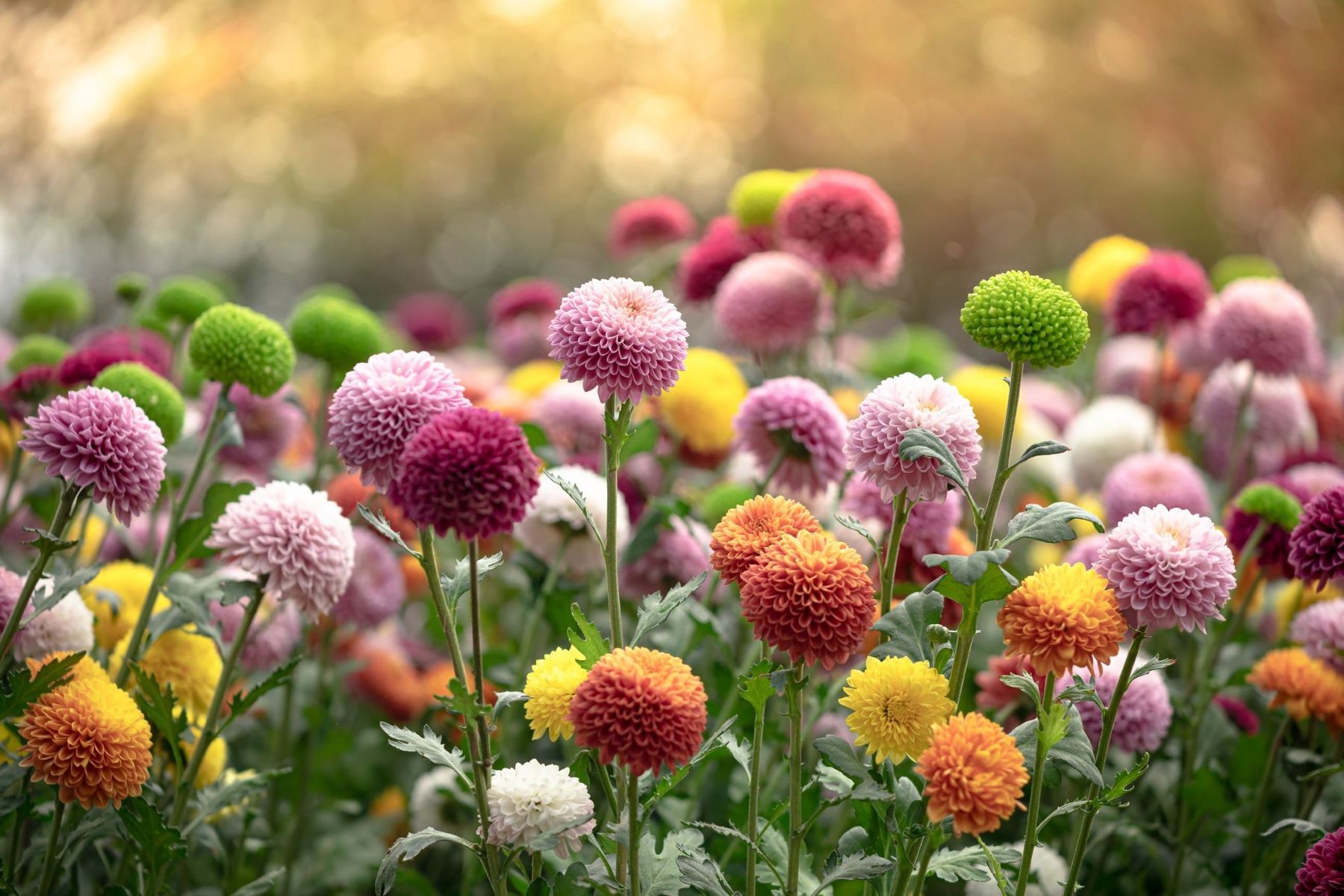
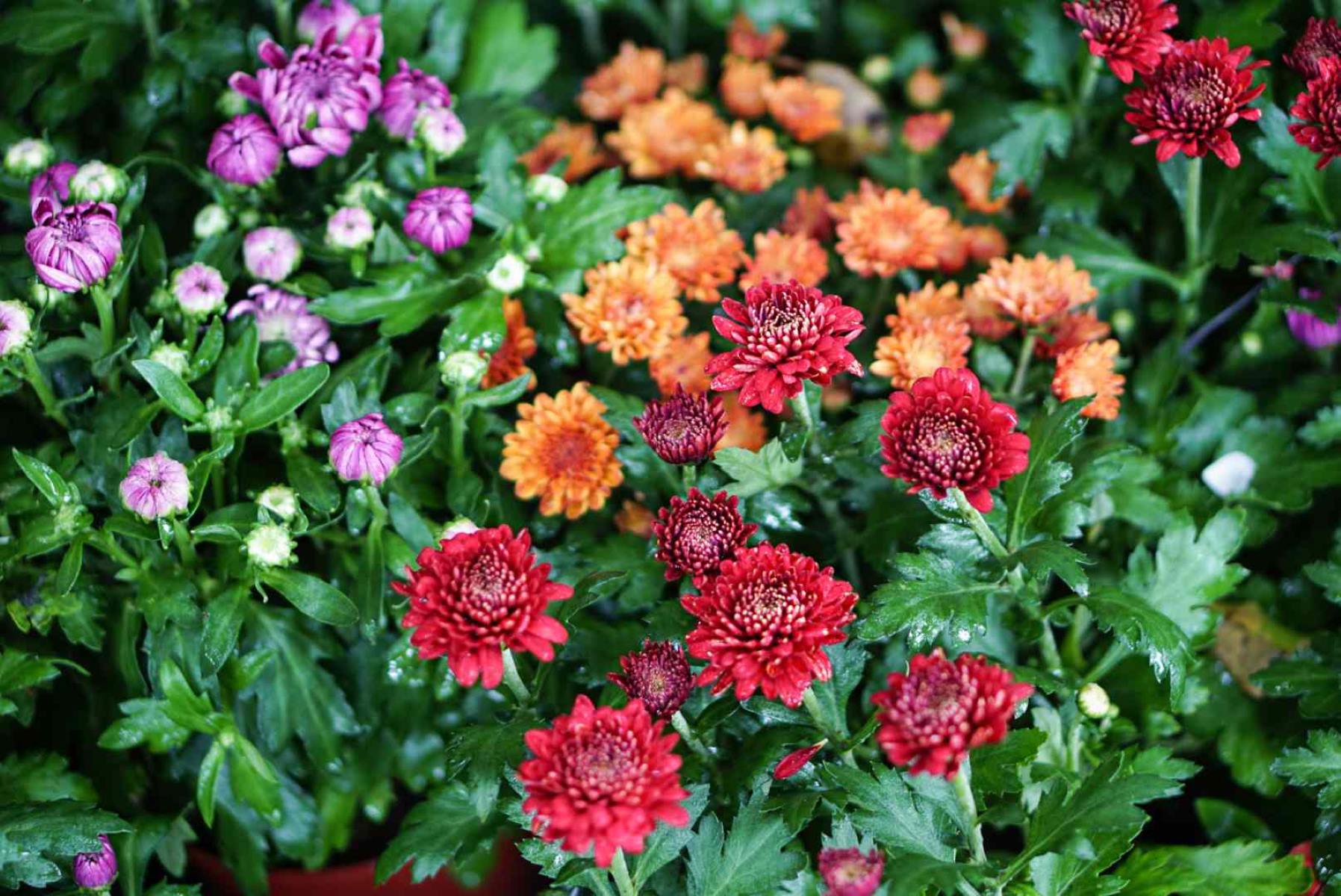

0 thoughts on “How Offen To Water Mums”